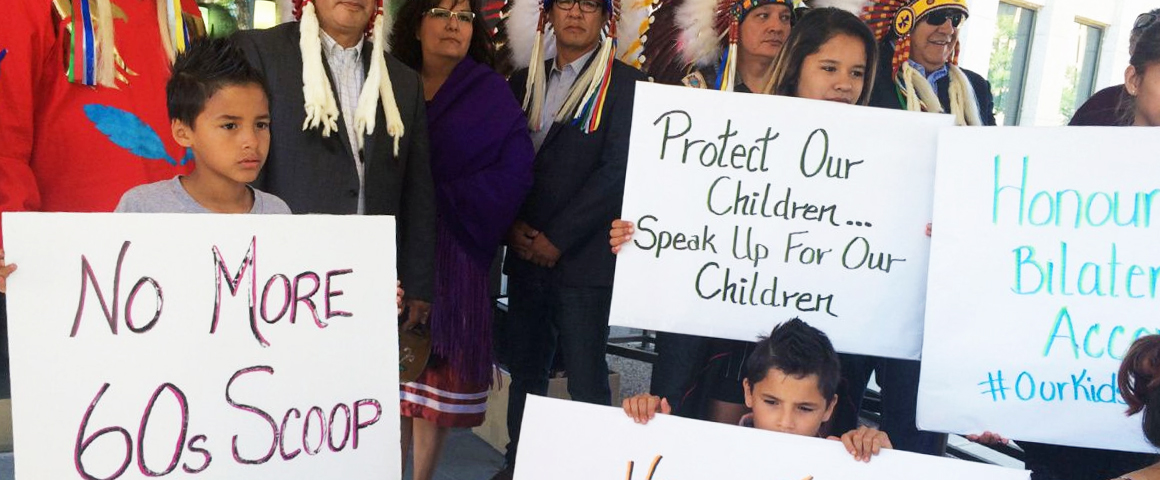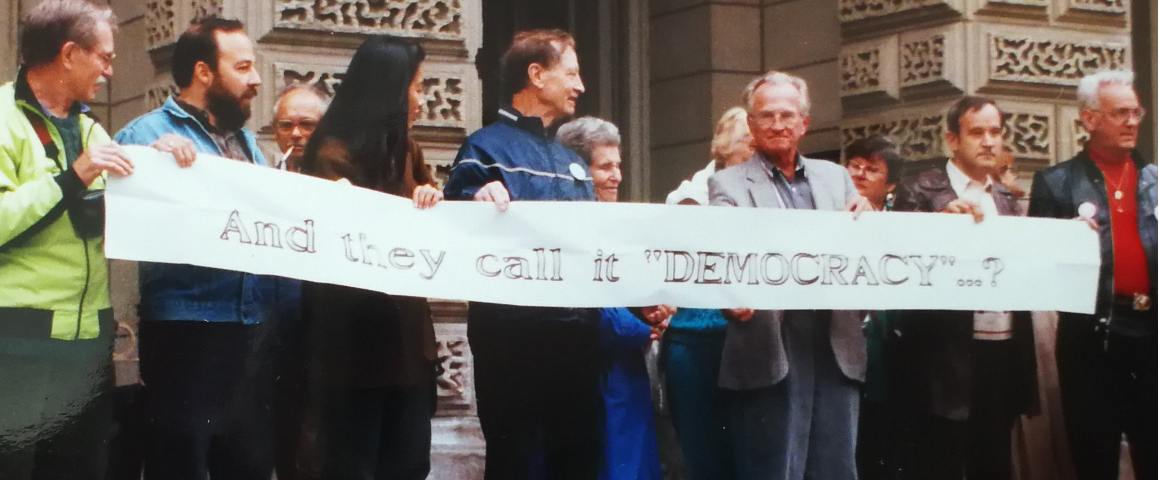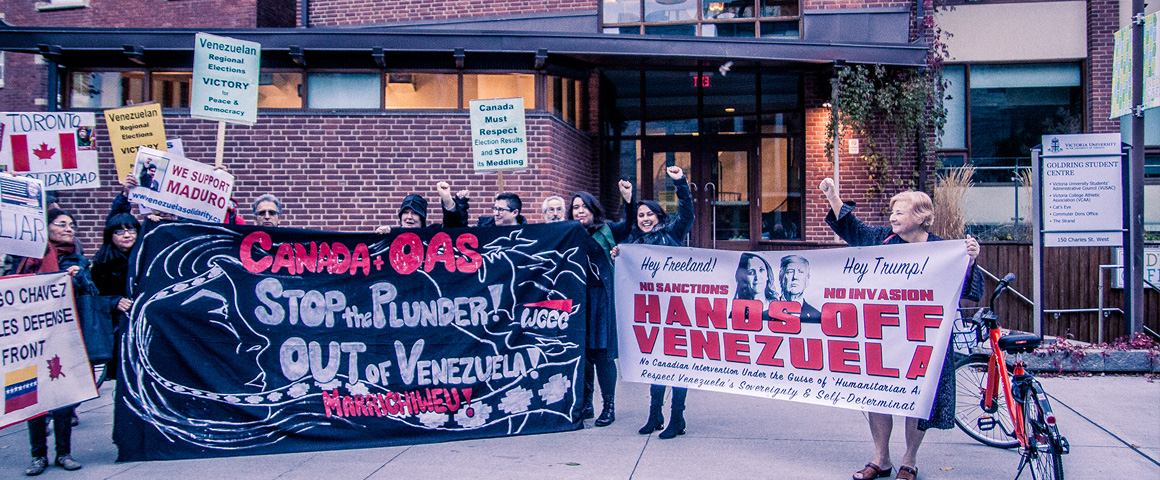The Trump administration’s war against working people escalated dramatically with the “family separation” policy and the establishment of prison camps to jail thousands of migrant children. Faced with a backlash, the President finally had to make a small tactical retreat. But days after he supposedly rescinded the policy, only a small percentage of the jailed children and their parents had been reunited. This brutal attack is directed against people seeking a better life, or to escape from violence and starvation. It sends an ominous signal of the real intentions of the white supremacists and xenophobes who are enabled by Trump and some European ultra-right leaders. In the name of “defending the white race,” these dangerous forces are the modern-day equivalent of the Nazis.
But the “family separation” horror is not a unique departure from the norms of US history – or the record of Canada, for that matter. The United States was built on the crime of chattel slavery. Millions died on the slave ships crossing from Africa, and the survivors were forced to labour in the plantations of the South. Slaves regularly faced the tragedy of separation from their families. Similarly, the genocide of indigenous peoples across the United States invariably included the murder of those who resisted colonialism, including children, and the forced break-up of families. From this perspective, “family separation” goes back to the earliest periods of US history.
Canada used similar genocidal tactics to create a so-called “white man’s country.” The most infamous example is the residential school system, a deliberate strategy to destroy indigenous cultures and languages. Some architects of this system hoped to physically destroy indigenous peoples, others aimed for their assimilation into the larger colonial society.
So when PM Justin Trudeau lectures Trump that “we don’t do that here,” he should study his history books, or listen to some indigenous elders.




